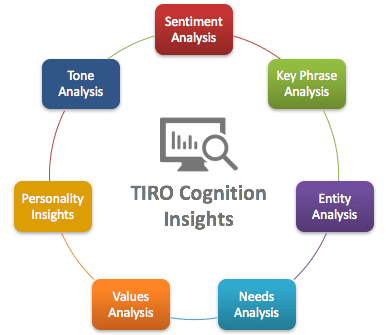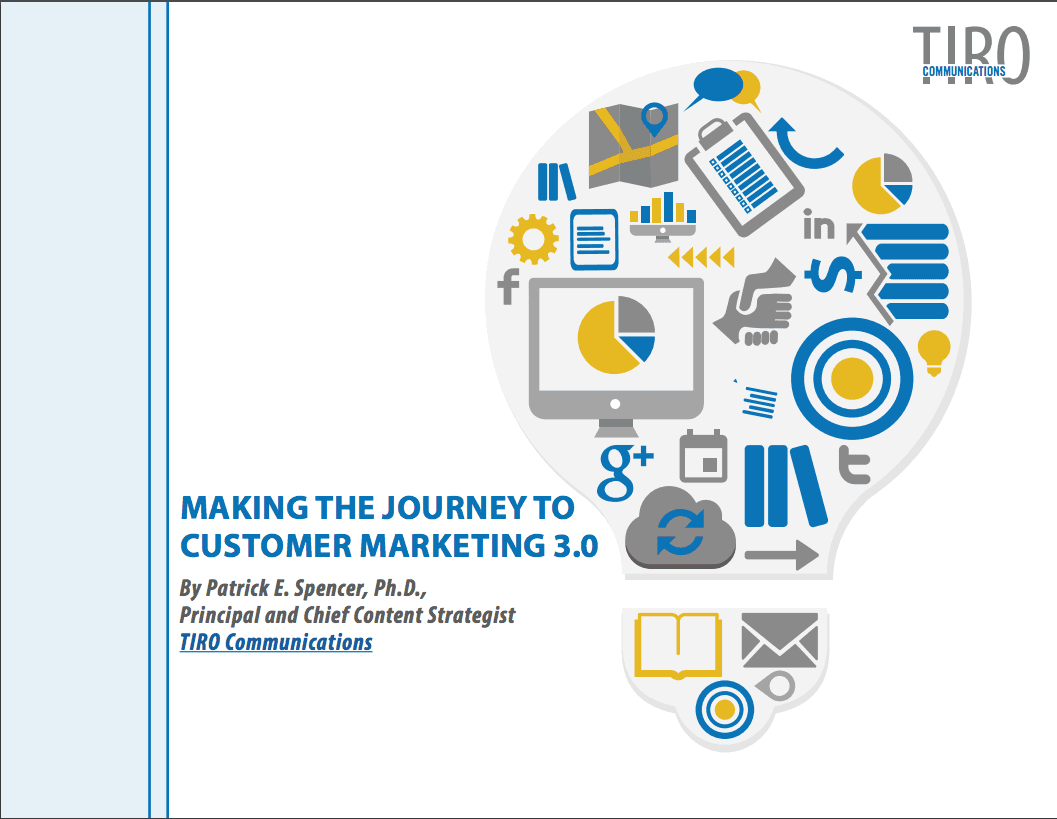
The Customer-Advocacy Marketing "Superhero"
- By Patrick Spencer
- •
- 05 May, 2016
- •
No Longer Relegated to Ride at the Back of the Bus

Customer-Advocacy Marketing at the Turn of the Century
Outside of the occasion encounter with an older bully who padded their self-esteem by picking on younger kids, I liked riding at the back of the bus. As my brothers and I were the first ones on in the morning and last ones off in the evening (it was a more than one-hour long ride each way), I spent a lot of time cutting my teeth on piles of books from the school and county libraries.
When I started my marketing career after finishing up my academic treks, I found myself riding at the back of the figurative professional bus. You see, Customer Marketing or Advocacy Marketing was relegated to the back of the marketing bus back at the turn of the century. Programs that measured their results based on the numbers of case studies and video testimonials they produced and managed to keep complaints from sales, AR, and PR professionals and other marketing colleagues to a minimal were considered upper-quadrant leaders. With such a low bar, it is no wonder Customer Marketing practitioners rode on the back of the bus.At least 25% of all content a B2B organization produces needs to contain customer evidence and stories. It is also more effective--30% based on research.
Riding at the Front of the Bus
But the landscape has changed dramatically over the past few years, and Customer-Advocate Marketing practitioners are in the front seat, or darn close to it.
A confluence of new cloud-based technology solutions, a growing focus on retention and consumption marketing, and recognition that the function must concentrate on relationship management development thrust Customer-Advocacy Marketing into a much more strategic position. Metrics are not relegated simply to the quantity—and perhaps quality—of outputs but to lead- and revenue-influenced analytics. In addition, Customer-Advocacy Marketing must align and integrate with a vast array of functions across both marketing as well as the business in general. This gives rise to shared business goals and metrics—within the marketing organization as well as with various business functions.
Engaged customers are 52% more valuable (revenue, marketing, etc.) than highly satisfied customers. And though engaged customers represent just 22% of total customers, they account for 37% of revenue.
The Customer-Advocacy Marketing Superhero
When it comes to relationship management, Customer-Advocacy Marketing empowers advocates by equipping them with the right tools and integrating them into demand-generation and content marketing strategies. This requires a cross-functional effort that touches most aspects of the business and places a priority on measuring the business outcomes they produce. This means that the Customer-Advocacy Marketing “Superhero” is an adept relationship manager and expert content strategist who knows how to stitch together technologies and to build organizational synergies as a result of her or his overarching business acumen.
To learn more about the Customer-Advocacy Marketing Superhero, download our eBook, “So What’s All This Customer-Advocacy Marketing Fuss About? 10 Things That Make Up the Superhero.” Or simply contact us to find out how TIRO Communications can help—whether it is fixing a broken program, building a new one from scratch, or simply providing execution assistance that supercharge an existing program.













